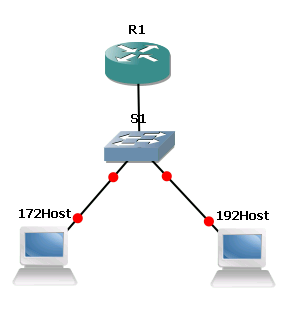

After careful consideration you decided to connect them via static route.

As the administrator of the network, you are tasked to connect them so that employees in the two LANs can communicate with each other. Suppose that your company has 2 branches located in New York and Chicago. Now we consider a real-world example of static routing. + exit-interface: the local interface of this router where the packets will go out + next-hop-IP-address: the IP address of the receiving interface on the next-hop router

+ subnet mask: subnet mask of the destination network + destination-network-address: destination network address of the remote network Ip route destination-network-address subnet-mask In ROUTE 642-902 you will learn about dynamic routing protocols such as OSPF, EIGRP and BGP (RIP is also a dynamic routing protocol but it is not mentioned in ROUTE). With dynamic routes, routers can communicate with each other to exchange routing information. Dynamic routes, on the other hand, use a routing protocol to determine the best path and the routes can be changed depending on specific parameters (like bandwidth, delay, cost…). Static route is often used when your network has only a few routers or there is only one route from a source to a destination. Static route tells the device exactly where to send traffic, no matter what. In this tutorial we will connect two routers via static route with GNS3.


 0 kommentar(er)
0 kommentar(er)
